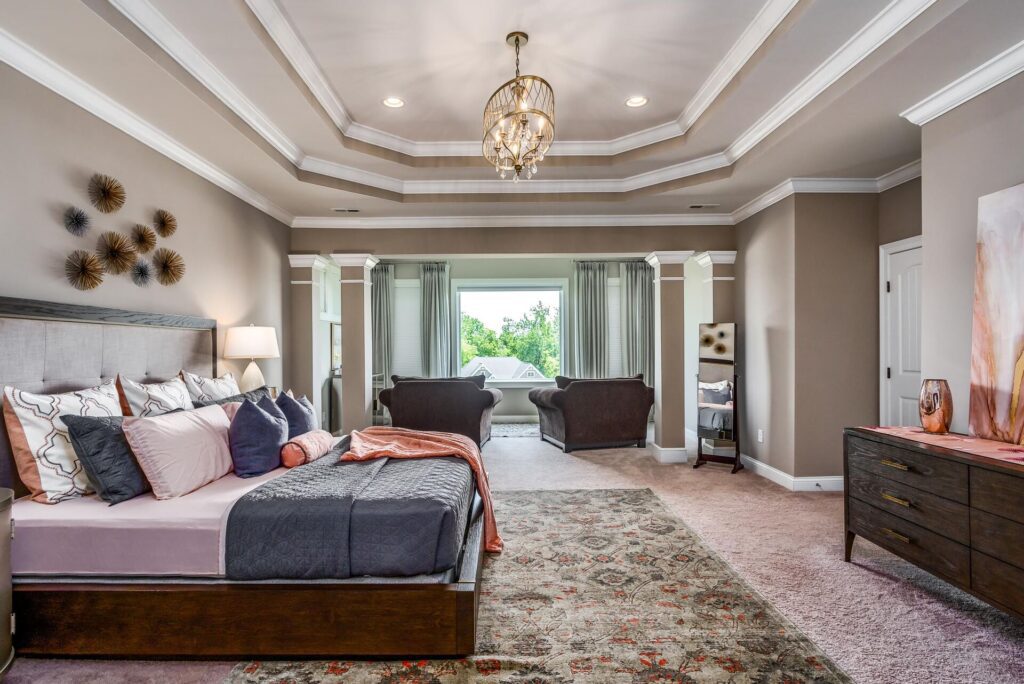The word budget is often treated like a bad word, and whenever it comes up during meetings with clients we can feel the room’s energy change. We get it, it’s a word that feels restrictive, and it’s definitely the least fun part of decorating your home.
We also know it’s difficult to guess what home improvements cost, especially with changing costs, different style preferences, and thousands of stores to shop from. But here’s the deal, budget is a word we should embrace.
Without a budget there are no parameters or direction.
Whether you’ve written down and planned out a budget or not, there is always a number in your mind of how much you’re willing or able to spend on any given item. You don’t want the rug store to show you $8,000 rugs when you have a $800.00 budget, and you probably don’t want to shop at a high end retailer when a mid-range one would suit your needs just fine.
When you establish a budget, you’re more likely to stay within it and the people who work with you can make more realistic recommendations. You have a direction, parameters, and some order and logic to your shopping that will help guide you and reduce the overwhelm of finding that perfect sofa, rug, light, shelf, etc.
Be Honest About Your Budget
Don’t be afraid to honest and vocal about what your real budget is. No designer is going to judge you and, in fact, can help you be more realistic in your expectations. Designers want you to love what you have and where you live, and you probably won’t if your bank account is empty and the process of finding and purchasing new items is stressful. Good design principles are achievable with large and small budgets.
Some Things Are An Investment
Decide if you want lifetime furniture or if you don’t mind changing and upgrading every few years. Some things, like sofas, bed frames, dressers, carpets, etc. you probably don’t want to have to replace every five years. These fall into the investments category, so they’ll take up larger parts of your budget. Understanding where it’s more important to invest a few more dollars and where it’s best to save a few dollars can help you focus your budget. Quality furniture may cost a little more, but it’s probably worth it to splurge, and then save on accessories that are trendy.
Do your research
- Google average sofa prices, or visit a few local showrooms to get a read on today’s prices.
- Garner at least 3 quotes from area contractors and take the average of all three.
- Ask friends who have invested in home improvements what range one can expect to pay for a similar project.
- If you enlist the help of a designer, investigate how they charge. Some charge hourly, per square footage, some are project based, and some take a percentage of the overall project. Either way, include this in your overall budget planning and you’ll be on your way to figuring out how to establish a budget.
As a collaborative interior design firm, we help busy homeowners who are unsure of their design style. We consider mood, culture, family type, room uses, and so much more. We want to know how you want your home to feel after a long day at work. Can you picture it?
To learn more about our process and get started on your next project, book your free discovery call today!
Your Partner in Design,



